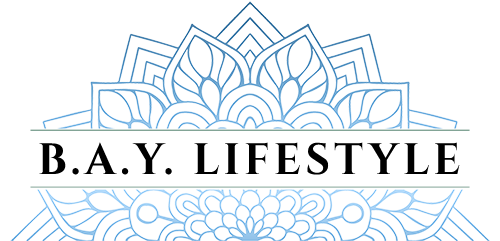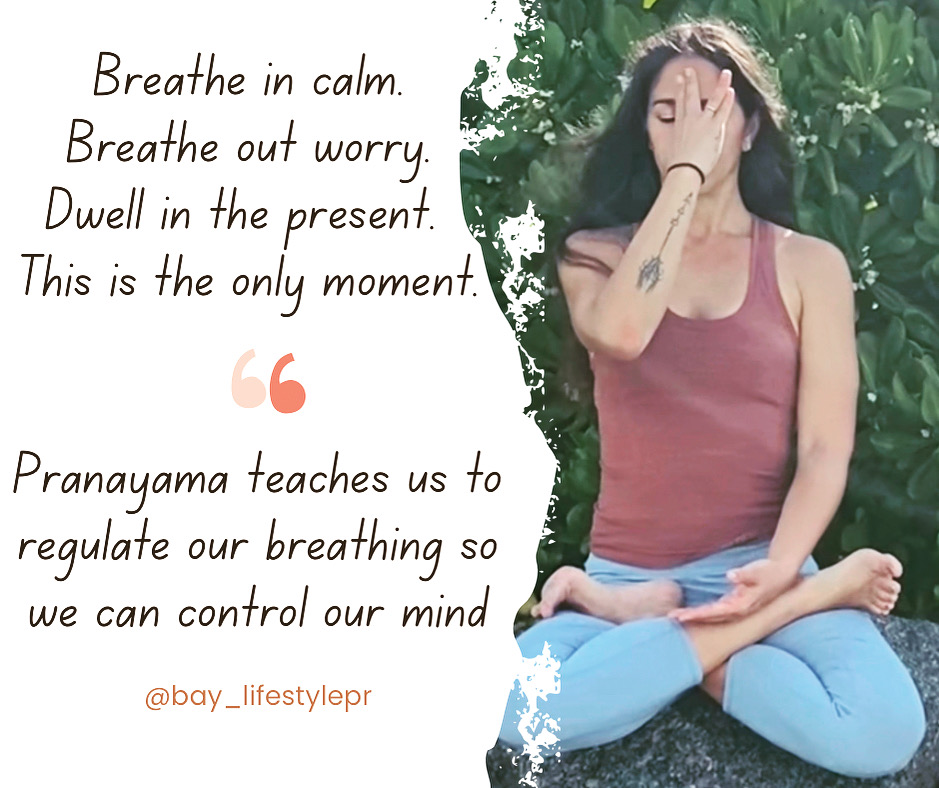In the ancient practice of yoga, pranayama – the art of breath control – is not merely a set of breathing exercises; it’s a profound science of energy management. The term itself, derived from Sanskrit, where ‘prana’ means life force and ‘ayama’ implies control or expansion, encapsulates the essence of this practice. Pranayama is about harnessing and harmonizing the life energy that permeates our being. While its physical benefits are well-documented, the effects of pranayama extend beyond the physical, deeply influencing our emotions and energetic state. Different styles of pranayama resonate with our subtle body in unique ways, fostering emotional balance, mental clarity, and spiritual awakening.
Pranayama techniques involve varying the rhythm, duration, and focus of breath. This intentional manipulation of breath serves as a bridge connecting the body, mind, and spirit. It’s a bridge that allows us to traverse from a state of imbalance to one of harmony, from turbulence to tranquility.
Exploring the Spectrum of Pranayama
1. Nadi Shodhana (Alternate Nostril Breathing): This technique involves alternately breathing through one nostril at a time while closing the other. It’s known for its calming effect on the mind, balancing the left and right hemispheres of the brain. Nadi Shodhana is particularly effective in reducing stress and anxiety, promoting a state of mental equilibrium.
2. Ujjayi (Victorious Breath): Characterized by a soft, whispering sound created at the back of the throat, Ujjayi breath is deeply soothing and grounding. It’s often used during yoga practice to maintain a rhythmic, steady breath. On an emotional level, Ujjayi promotes calmness, presence, and resilience.
3. Kapalabhati (Skull Shining Breath): This invigorating practice involves short, powerful exhales and passive inhales. Kapalabhati is known for its energizing and cleansing qualities. It stimulates the brain, clears the nasal passages, and invigorates the body. Energetically, it’s associated with releasing negativity and revitalizing the mind.
4. Bhramari (Bee Breath): Involving a gentle humming sound during exhalation, Bhramari is immensely soothing for the nervous system. It’s known for its ability to alleviate frustration, anxiety, and anger, promoting a sense of calm and contentment.
Practicing pranayama has a profound impact on the practitioner’s emotional landscape. By regulating the breath, one can regulate the flow of energy (prana) through the body, directly influencing the emotional body:
1. Stress and Anxiety Reduction: Techniques like Nadi Shodhana and Ujjayi help in calming the mind, reducing the physical symptoms of stress and anxiety, and promoting a sense of well-being.
2. Energizing and Uplifting: Practices like Kapalabhati invigorate the body and mind, clearing lethargy and stimulating mental clarity.
3. Balancing and Centering: Pranayama practices balance the flow of energy in the body, promoting a sense of harmony and equilibrium.
4. Spiritual Awakening: On a deeper level, pranayama prepares the practitioner for higher states of consciousness, facilitating spiritual growth and self-realization.
Pranayama is more than a breathing technique; it’s a form of meditation, a disciplined practice of tuning into the subtle energies of life. It offers a key to unlocking our emotional and energetic potential, guiding us through the ebbs and flows of our inner landscape. As we explore and integrate various styles of pranayama into our daily routine, we embark on a transformative journey, breathing life not just into our bodies, but into our emotions and the very essence of our being. Through the art of pranayama, we learn to navigate the currents of life with grace, depth, and a profound sense of interconnectedness.

